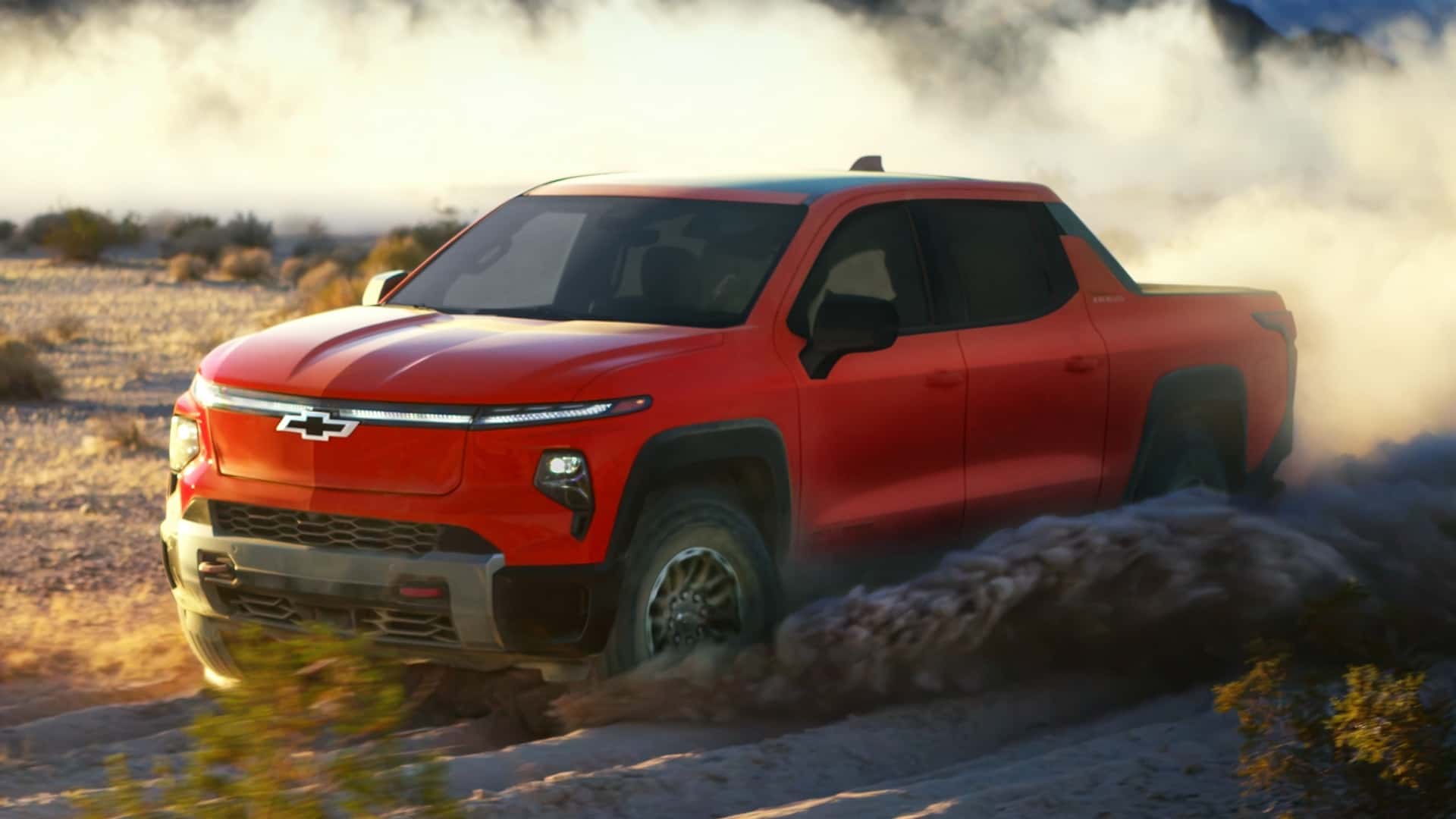
- General Motors said its upcoming battery technology will deliver even more savings than previously expected.
- The automaker is planning to launch locally-produced lithium manganese-rich (LMR) prismatic battery cells in 2028.
- Its full-sized SUVs and trucks will be equipped with the new LMR battery, with a GM-estimated range of 400+ miles.
General Motors said on Tuesday that it plans to continue the development work for low-cost electric vehicle batteries in the U.S. as it tries to outmaneuver China in the space. And developments in its new type of battery chemistry may outpace the industry's cheap workhorse standard, the lithium-iron-phosphate (LFP) battery.
The automaker’s profits plunged 32% in the second quarter, mainly due to a $1.1 billion impact from the Trump administration’s tariffs. However, GM expects significant cost savings from locally produced EV batteries in the coming years.
“Driven by its reduced nickel and cobalt content in large truck packs, we believe that potential savings on LMR may be even greater than using LFP at today's metal prices,” GM CEO Mary Barra said during the second quarter earnings call on Tuesday.

LMR stands for lithium manganese-rich, a novel battery chemistry that significantly reduces the portion of the expensive and dirty-to-mine nickel and cobalt.
Instead, LMR batteries use a much higher portion of manganese, which GM says is abundant on Earth and its mining and processing is significantly cheaper. Plus, its supply chain can be decoupled from China and it can be refined and processed here in the U.S. Ford is also working on LMR batteries as both automakers seek to make cheaper cells in the future without relying on a geopolitical adversary.
Previously, GM had said that LMR would deliver cost savings similar to the LFP chemistry—the dominant battery type in China, which is considered key to producing affordable EVs. Now, the cost savings are expected to be substantial.
“The new lithium manganese rich or LMR chemistry that we are developing with LGES will be another game changer because of its unique balance of energy density, charging capability and cost efficiency,” Barra said.
GM is planning to start producing LMR cells with its joint venture partner LG Energy Solution in 2027. The battery, which will be packaged in the prismatic-cell format, will be installed in full-sized trucks and SUVs in 2028 onwards.
It’s expected to deliver more than 400 miles of range, similar to GM’s current nickel-managanese-cobalt-aluminum (NMCA) batteries installed on its large SUVs and trucks.

InsideEVs reached out to GM for a comment, but did not hear back immediately.
GM will launch a trim of the Chevy Silverado EV with LFP batteries in 2027—that trim is expected to deliver about 350 miles of range and cost $6,000 less. The next-generation Chevy Bolt EV will also be powered by lower-cost LFP batteries. With the LMR battery, the cost savings could be thousands of dollars more compared to LFP.
The automaker announced last week that it will convert a portion of its Spring Hill, Tennessee, factory for the local production of LFP batteries. Conversion of that plant will begin by the end of this year. It will be completed by the end of 2027 and production will start around the same time.
“Domestically developed and produced cells are necessary for a resilient and secure American-oriented supply chain,” Barra said.
Have a tip? Contact the author: suvrat.kothari@insideevs.com







